Road Trips with Pets: Ensuring a Safe and Enjoyable Journey

Going on a road trip with pets is easily one of the most enjoyable activities that caters to a wonderful bonding time and many memories. The time spent with pets also contributes to better mental and physical well-being, promoting a happier lifestyle for humans and pets.
Staying outdoors, getting fresh air, and remaining active are essential for your canine friend's well-being; moderate sunlight exposure helps produce vitamin D, which is vital for bone formation and nerve and muscle control. The sun also provides warmth and aids in regulating body temperature, boosting serotonin, and uplifting overall mood.
The outdoors fends daily stimulation, inspiring curiosity and the need to explore. The outdoors' sounds, smells, and sights will keep your furry friend active, avoiding behavioral issues, aggression, depression, etc. However, planning a road trip with your paw friends can also be stressful, tedious, and daunting; packing, choosing lodging, and mapping routes can add complexity.
This article discusses different ways and precautions for pet owners to prepare adequately and ensure a safe, comfortable, and enjoyable road journey filled with fun experiences and fantastic bonding time with your oozingly cute companions.
1. Choose Your Destination
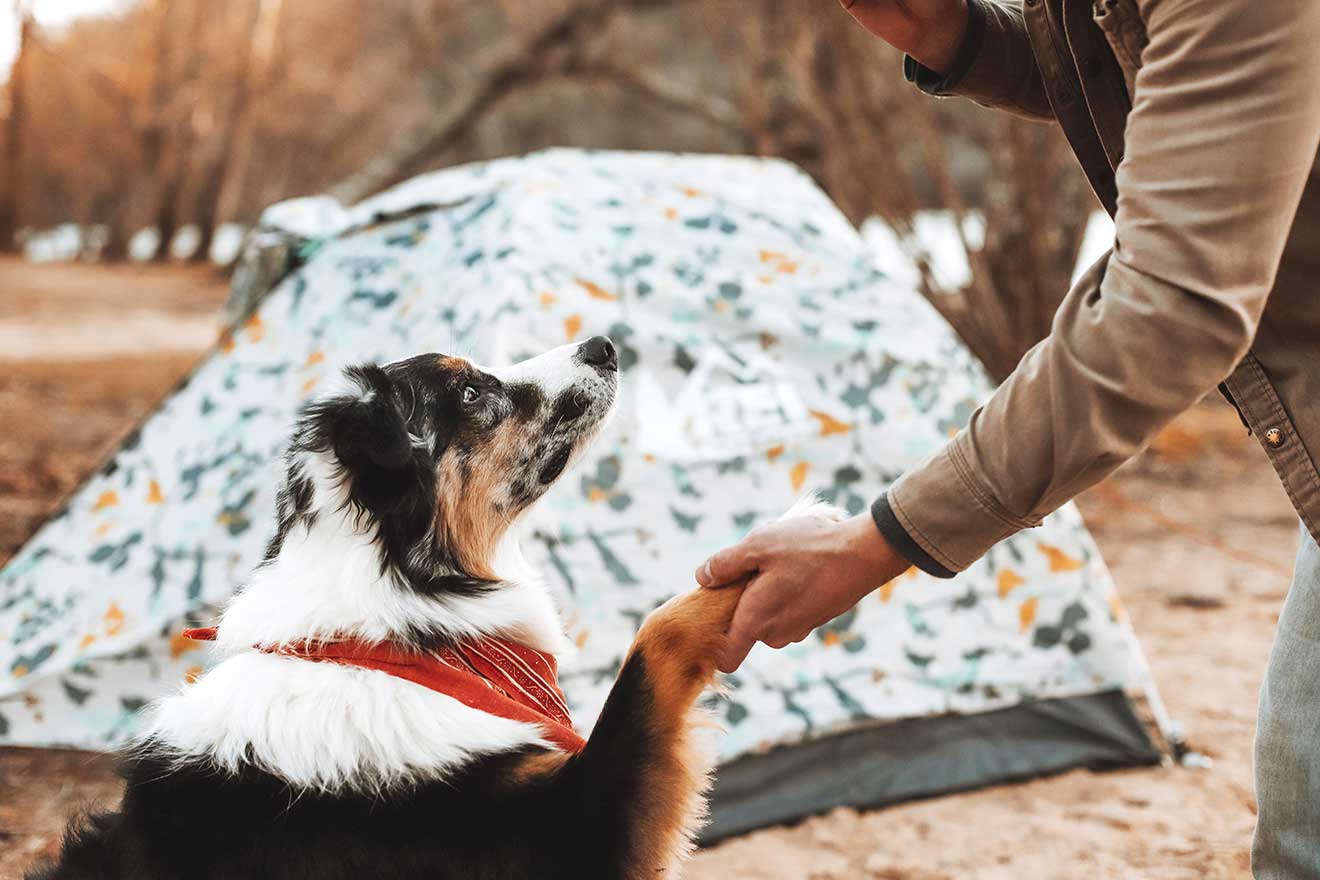
Choosing a pet-friendly destination is a road trip's first and most critical aspect; define the end goal of the journey early, whether it is vacation, visiting friends or family, or moving home from one place to another. If the end goal is vacation, the type of vacation should also be defined before the trip begins, such as hiking, camping, beach trips, or exploring national parks across the country.
You and your pet must enjoy the journey; therefore, upon selecting a destination, one must choose the route and estimate and calculate the days allocated for driving and resting. Driving shorter distances gives time for breaks, sightseeing, exploration, and relaxation. This also helps if your pet has not traveled much and is slowly easing into the journey. However, a well-traveled pet can be comfortable sleeping long driving stretches.
2. Visualize the Route and Plan Your Stops
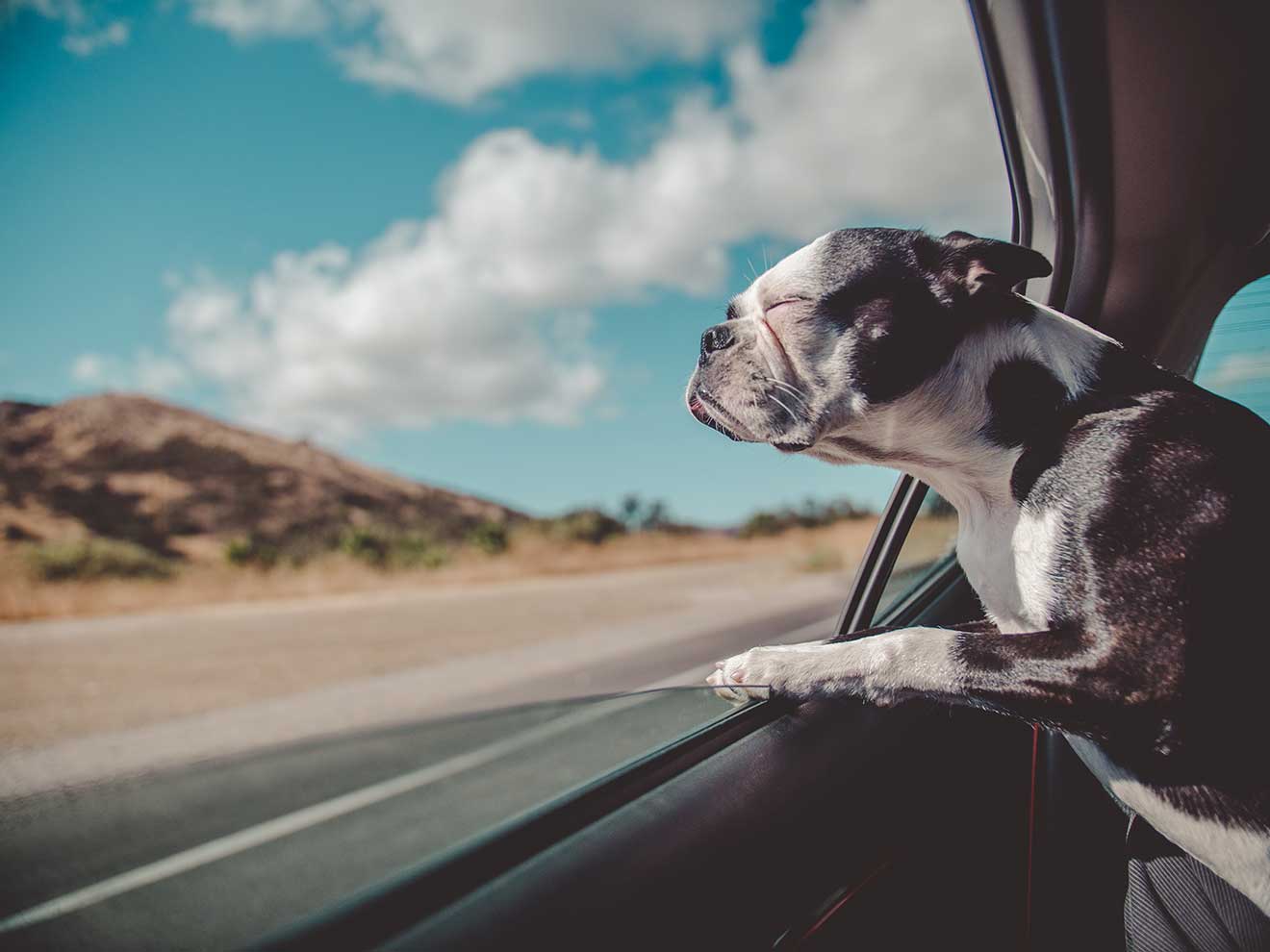
Visualizing your journey using a map is essential to envision any pit stops and attractions to visit. This also gives a good perspective on the upcoming journey and how it might look for you and the canine friend. This helps determine the best route to grouping several attractions if your goal is to explore and get a good look and feel of the place.
Planning break stops is crucial to avoid fatigue, and flexibility is critical when traveling with pets. The weather can be unpredictable on the journey, and everything may not go as planned; leaving some wiggle room for downtime helps in an overall comfortable experience on a road trip.
3. Book Your Stay
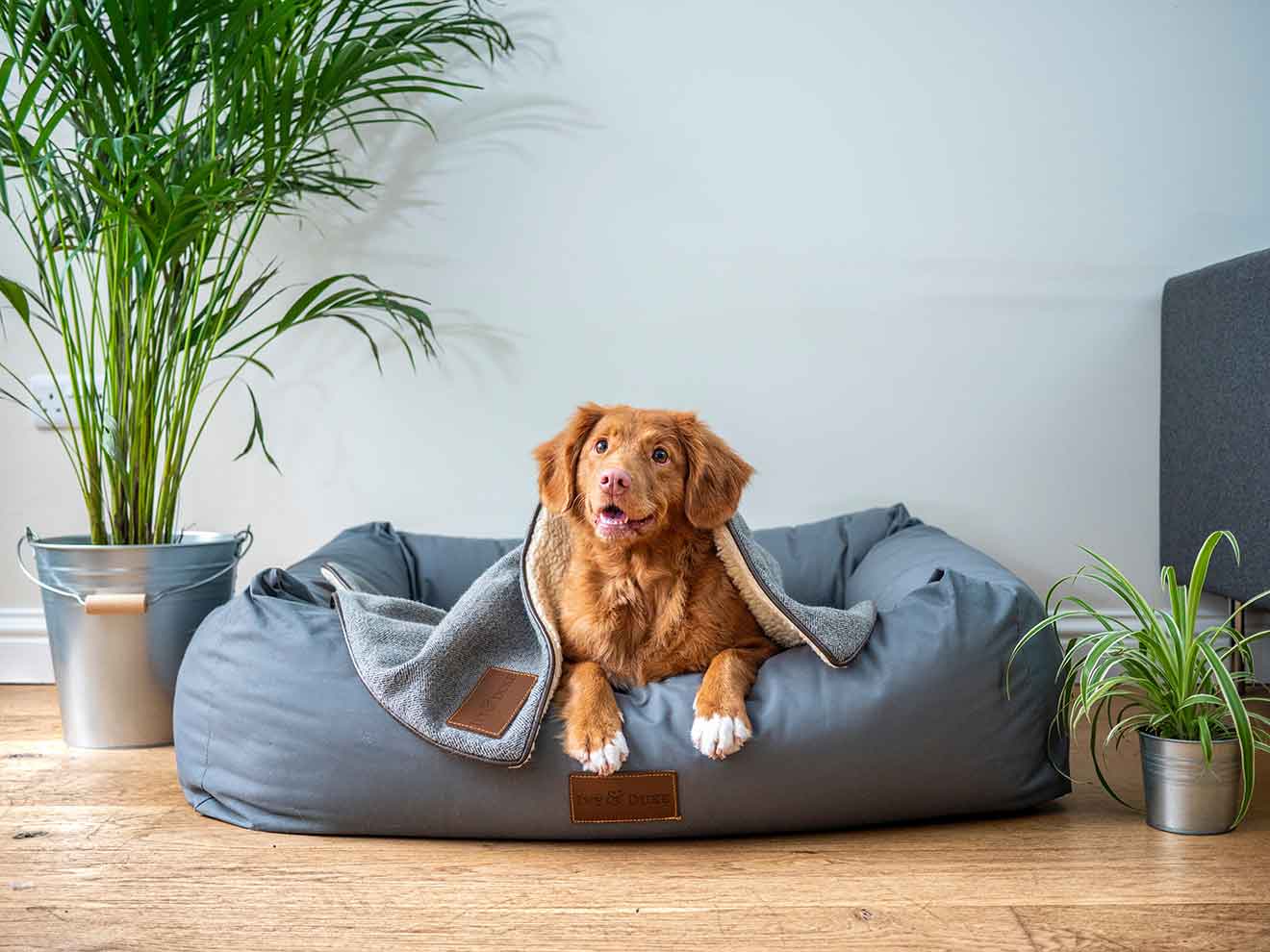
A co-factor of planning your break stops is booking your accommodations. Research and look for pet-friendly rentals, hotels, or campgrounds to spend the night; reading through each guideline and rule in these places of accommodation is essential to keep your pet cozy. Keeping some additional places of stay handy in an emergency is also recommended.
Some things to look out for before booking your stay are additional pet charge fees, weight or breed restrictions of your pet, number of pets allowed per room, and other pet amenities you are looking for, such as spas, dog food menus, and how secure the accommodation can be for your pet if left alone.
4. Schedule a Checkup with Your Veterinarian
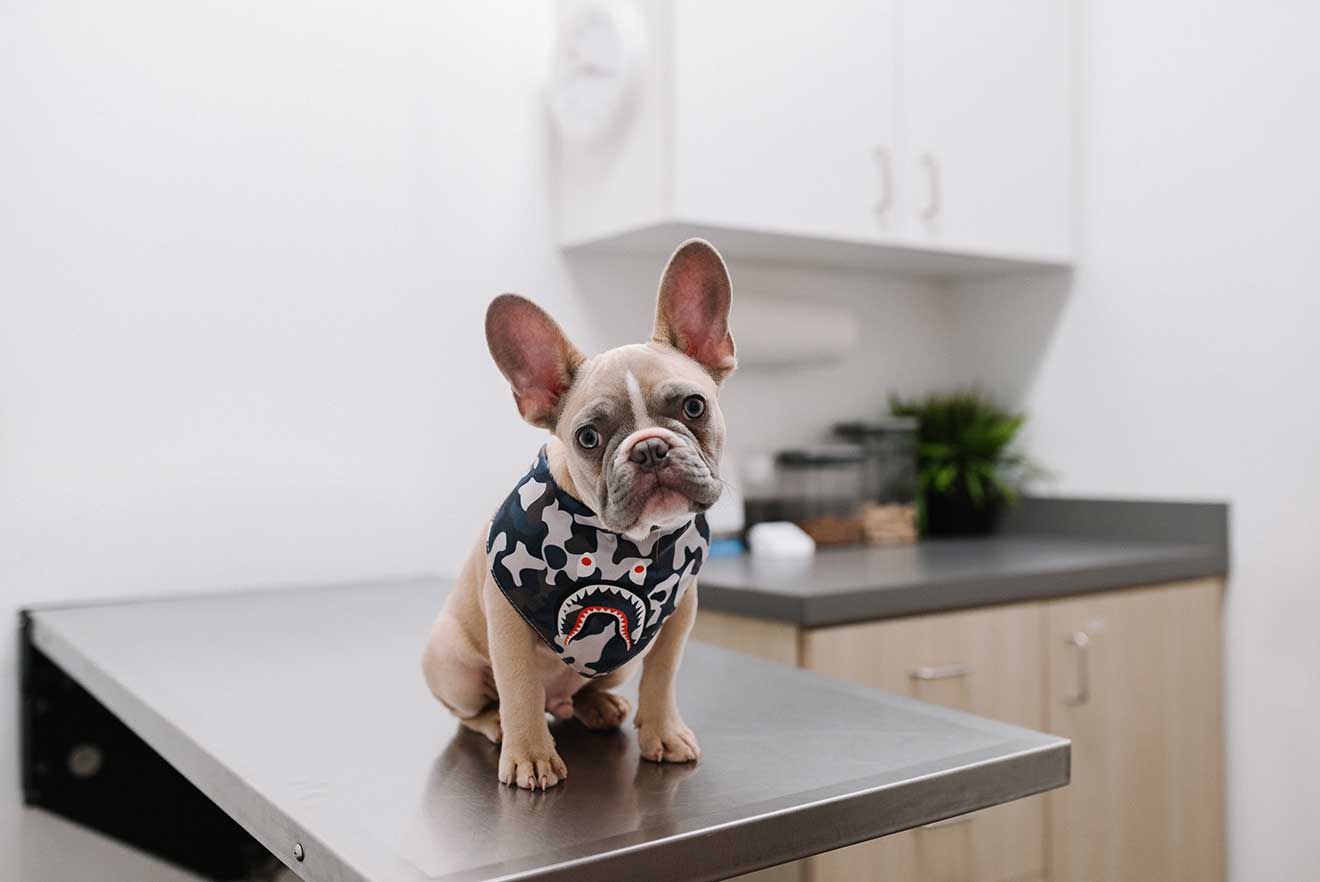
After planning, booking accommodations, and visualizing the route, schedule an appointment with your veterinarian to run a thorough checkup for the pet to ensure your canine friend is ready to travel. Dogs would need several vaccinations, and upon finishing the appointment, be sure to carry your and your dog's medical records and necessary general medication, such as for colds, coughs, fevers, and indigestion, along with the first aid kit on the trip.
Discuss different scenarios with your veterinarian and ask every question you have in mind. Do not hesitate to ask for help if this is your dog’s first-ever road trip. Do a test drive and check how your canine friend reacts emotionally and physically before going on a road trip.
5. Carry Dog Tags, Personalized Collars, and Leashes
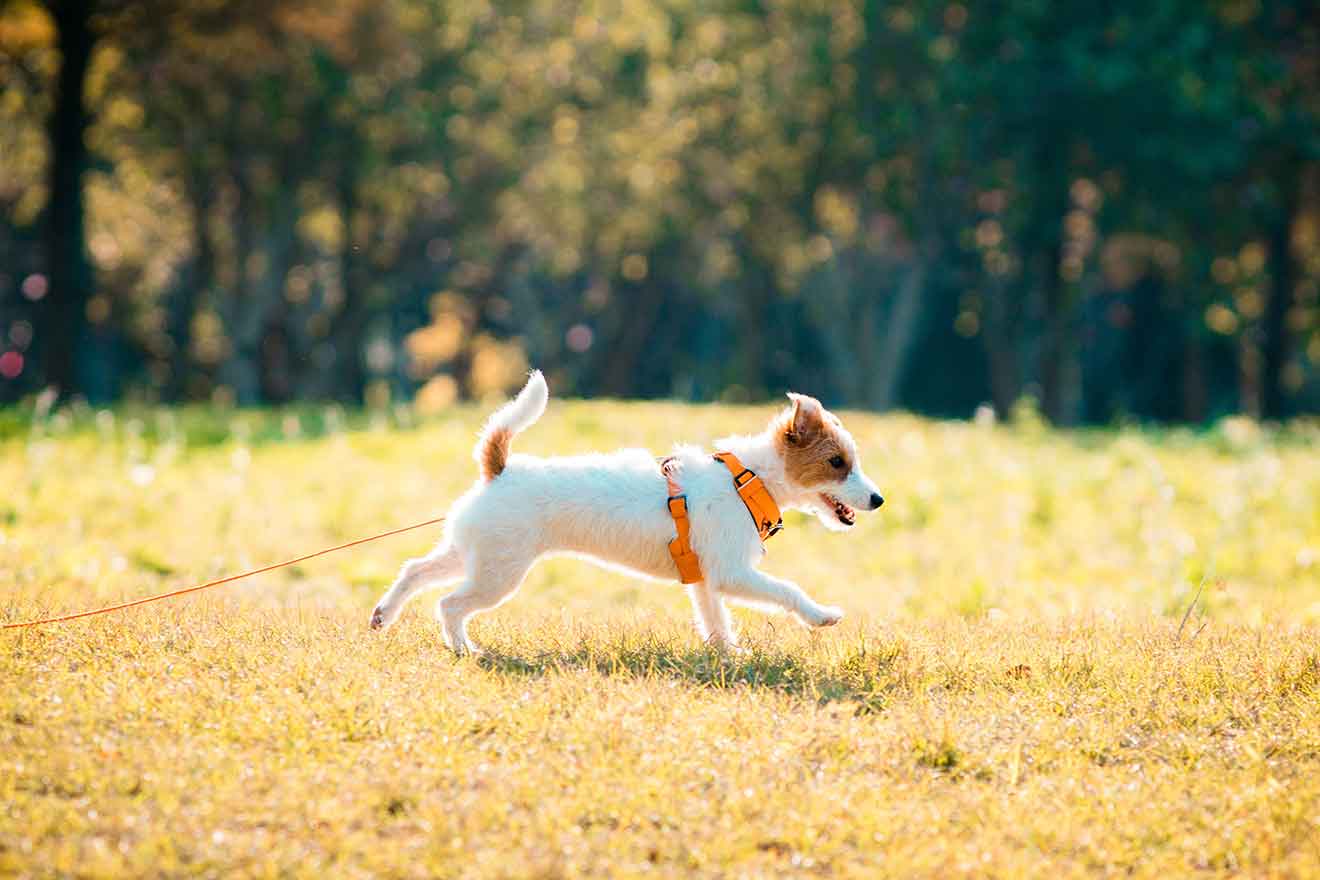
As a family member, pets deserve love, care, and respect. Therefore, carrying your pet’s identification tags, collars and leashes with you is vital as a precaution. Double-check if your dog is wearing a collar with an updated ID tag displaying your contact information to avoid drastic scenarios.
With evolving technology, there are many ways to choose from, such as microchipping your dog or utilizing a GPS tracker collar or personalized QR code collar to prioritize your dog's safety. Upon microchipping your dog, remember to complete the registration. Additionally, carry recent photographs of your dog in case of emergency and set some leash rules, such as never letting your dog out of the car without a leash. Take off the leash while in the car to avoid entanglement.
Off to More Adventures

Finally, pack everything needed, such as blankets, cozy clothing favorite toys, food and water supplies, an emergency contact list, seat belts, and cleaning supplies like trash bags, pet-friendly wipes, towels, etc.
Taking off on the road with your furry friends is so much fun, and do not let the prep work intimidate you. Dogs are excellent companions; they make everything joyful, beautiful, and exciting, and experiencing the great outdoors together will strengthen your bond like never before.
Related Articles:
How to Travel with Your Pet During the Holidays
Explore Popular Articles
-
Homemade Flea, Tick & Mosquito Repellent for Dogs: A Natural Recipe for Pet Parents
Jun 13, 2025Beyond the Buzz and Itch: Protecting Your Pup from Mosquitoes, Fleas, and Ticks As pet parents, we w
-
Can My Dog Eat This? A List of Human Foods Dogs Can and Can't Eat
Jun 04, 2025As loving dog owners, we consider our furry companions members of the family. They share our homes,
-
How Long Are Dogs Pregnant - Tips for Care & Safety
May 15, 2025Congratulations! If you’re reading this, your furry friend is likely expecting a litter of pup




